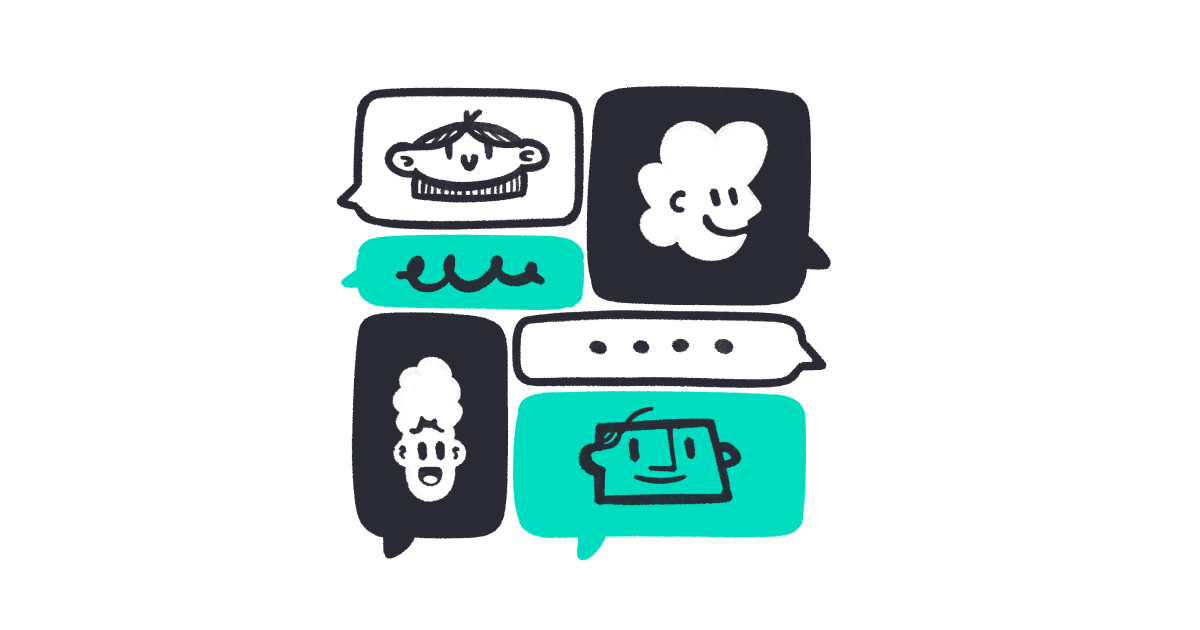- The Onboarding Lab
- Posts
- How to Use Timely Customer Stories to Strengthen B2B Customer Onboarding
How to Use Timely Customer Stories to Strengthen B2B Customer Onboarding
How real user narratives can accelerate time to value and adoption in your SaaS onboarding
Let me tell you a story…
In many a spooky corner of the SaaS world there are B2B SaaS companies creating onboarding experiences with the emotional appeal of assembling IKEA furniture. 😂
"Click here. Configure that. Enter your API key." Yawn.
Before you know it, the customer has plummeted into the “trough of disillusionment”.

The gap between purchase and value realisation is where doubt can creep in. Before we know it, it’s a horror story.
But what if you could bridge that gap with something more compelling than just feature tutorials?
What if you could show your new users exactly how others have conquered similar challenges?
Enter the strategic use of customer stories in your onboarding process.
Keep reading for the next chapter… ↓

🧪 The Project: Strategic Storytelling
This 4-step project will enhance your B2B customer onboarding through the art of sharing customer stories at specific times throughout the onboarding experience.
It might sound simple but it has the potential to motivate new customers, boost confidence, and increase adoption at a rapid rate.
Step 1: Match stories with friction points
Identify where new users typically struggle, hesitate, or drop off during onboarding.
These are your friction points.
Match each friction point with a relevant customer story that demonstrates overcoming that specific challenge.
For example:
Setup hesitation - Show how a customer completed setup in a certain amount of time by utilising a particular process, resulting in a particular outcome.
Integration anxiety - Cover a customer’s seamless connection with the same tools and the steps you saw them take to mitigate issues.
Value uncertainty - Highlight a customer’s specific metrics after a certain time and the reason they were able to achieve the results.
🔍 NOTE: Be careful not to share specific company names or data between customers.